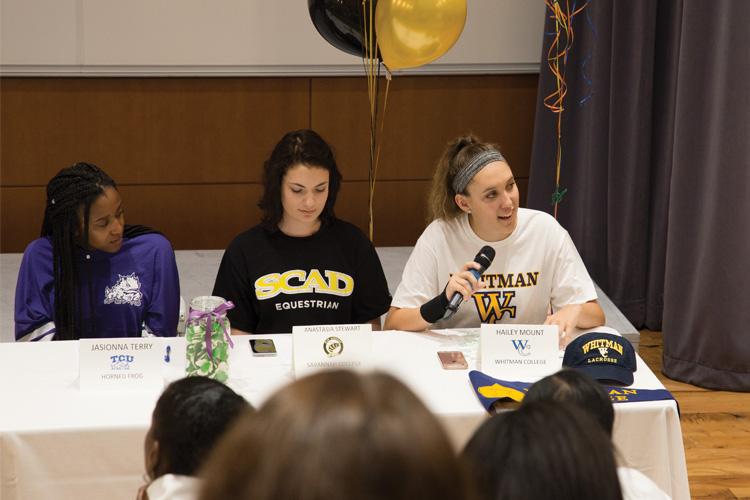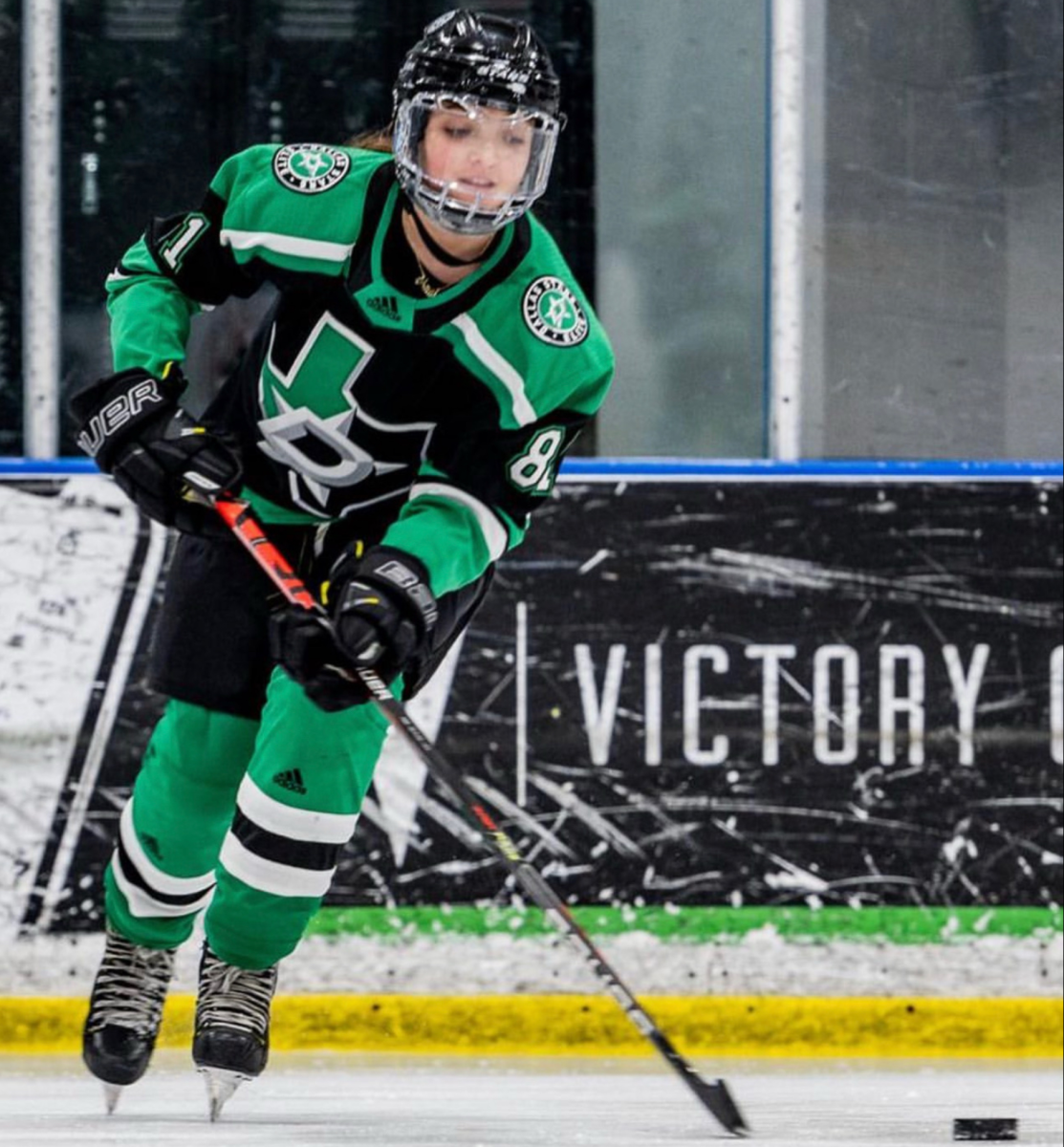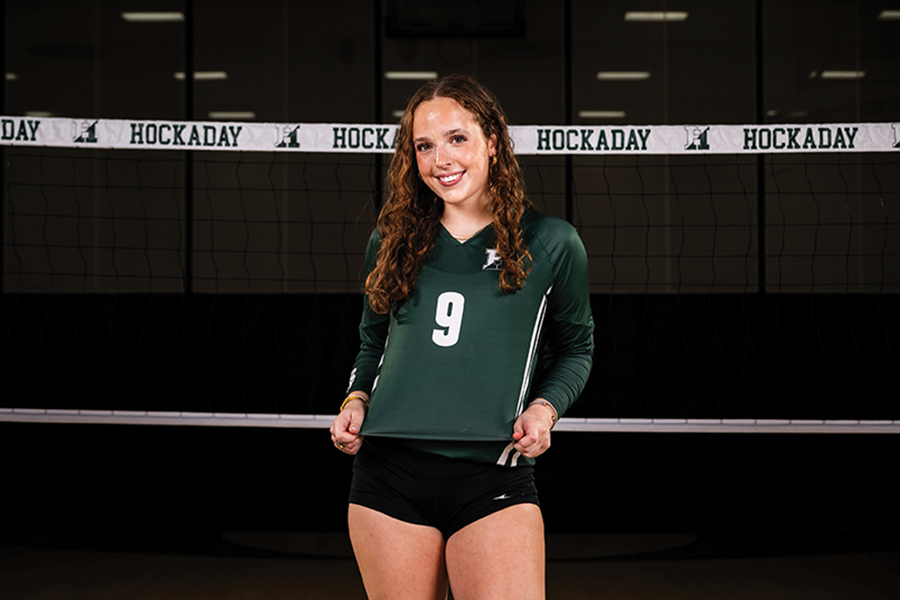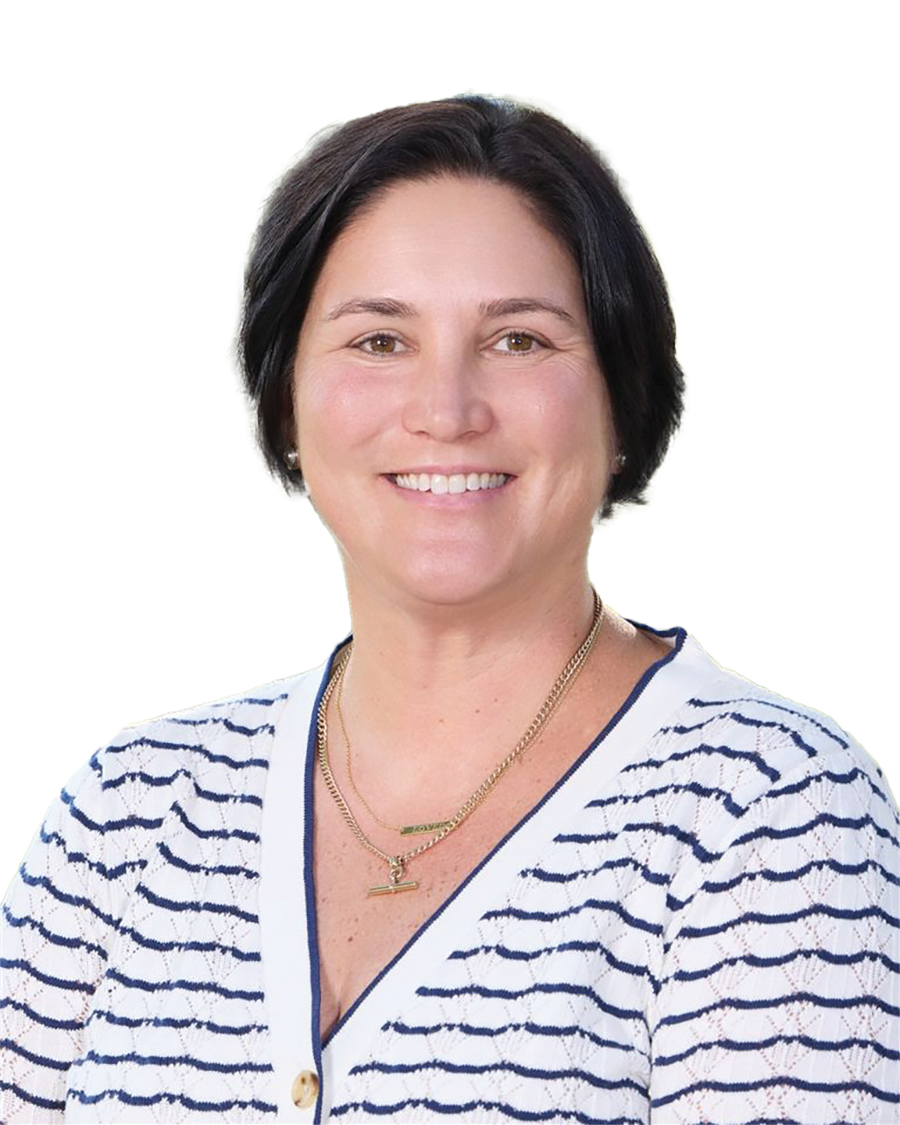Dribbling the soccer ball between her feet, sophomore Trinity Thomas takes the ball on a breakaway during the 2016 Dallas International Girls Cup when suddenly a girl on the opposing team kicks the back of her right leg, causing her to fall.
Thomas hears a slight pull as the realization sets in that she could have just torn her ACL in her knee.
Just a few months before she tore her ACL, Thomas verbally committed to play Division I soccer at Harvard University. While both her club coaches and the Harvard coaches have been accommodating through the healing process, many other athletes face the dilemma of what happens if they get injured and are committed to play at the collegiate level.
Thomas first began to seriously think about the possibility of playing soccer at the collegiate level following eighth grade after visiting various colleges across the country. According to Thomas, soccer recruiting typically begins at the beginning of freshman year, but is starting to begin earlier and earlier.
“I went to my first camp at the University of Southern California, and then the coaches talked to me after it,” Thomas said. “So I really started to realize how it worked. You go to camps and if they like you, they talk to you.”
After continuing conversations, her coach was contacted directly by Harvard. Thomas then began to think of the school as the place that she wanted to commit to.
“I visited Harvard in the summer, and I did not really know if I saw myself there,” Thomas said. “But then during one of my tournaments, my club coach said that the [Harvard coach] called saying ‘we really want Trinity.’ So I made a visit and then I fell in love with the school.”
Thomas is not the only committed athlete who has had to consider either being injured or the prospect of injury. According to a study conducted by the University of Colorado at Denver during the 2012-2013 school year, there was an average of 2.29 serious injuries per every 1,000 athletes exposed while playing high school girls’ soccer. Additionally, a study conducted over a five-year period by the Nationwide Children’s Hospital in Columbus, Ohio found that 12 girls for every 100,000 will injure their ACL.
In December sophomore Lizzie Benedict verbally committed to play lacrosse at the University of North Carolina, which is currently ranked number three in the nation according to the Inside Lacrosse Poll . Throughout her years in the sport, Benedict has seen many of her teammates suffer injuries that could potentially affect their future as a player.
“Things that are long term like an ACL tear are pretty scary,” Benedict said. “But unless you are out for good, you will be okay.”
While Benedict has not been seriously injured, she takes extra precautions to ensure that there are no larger injuries than even a simple ankle sprain. After recently straining her Achilles tendon, Benedict underwent more tests in order to make sure that there was no long-term damage that could affect her future.
“I was extra cautious and I got an MRI,” Benedict said. “I wanted to make sure I would not get worse and that everything would be okay.”
While Benedict’s injury was a minor strain, Thomas first thought that she only strained something in her knee, but then discovered it was more serious.
“At first the doctor did not think that it was an ACL tear because you are supposed to hear a pop, and I did not hear a pop,” Thomas said. “I only felt a pull.”
Even though some colleges will renege an offer if a commit suffers an injury like an ACL tear, the coaches at Harvard have supported Thomas throughout her rehabilitation process.
“If there was a perfect time to tear my ACL, it would be now because it is during summer and I am already committed,” Thomas said. “The coaches at Harvard were upset that I was hurt, but they told me to take my time. Nothing has changed with them.”
Thomas’ club coach Kioumars Rezaie has supported her throughout both the recruiting and rehabilitation processes. While injuries do play a role in the possibility of losing an offer, he believes that there was never a possibility of anything changing for Thomas due to her skill and attitude.
“If you had a team or a field full of Trinitys,” Rezaie said. “Then winning a game is not a problem, winning a championship is not a problem.”
While both Thomas and Benedict have not had their commitments affected by injury, head athletic trainer Jeanne Olson has witnessed athletes’ lives being altered due to injury either towards the end of high school or the beginning of college.
“When I was at Southern Methodist University, there was big recruiting weekend for volleyball and some girls came in at the beginning of their season. At the middle of the season one of the recruits tore her ACL,” Olson said. “She had surgery and then she came to play at SMU. But she was never as good as she was previously.”
According to Benedict, some athletes will have a more cautious approach as a result of an injury, but Thomas intends to return to the field even better than ever as soon as she completes her rehabilitation program.
“When I am back into things, I will not be worried about getting injured again,” Thomas said. “That is the one thing people do, they always worry about it. It is one thing I am not trying to do because then there is always a piece of you holding back.”
– Katie O’Meara – Photo and Graphics Editor –






